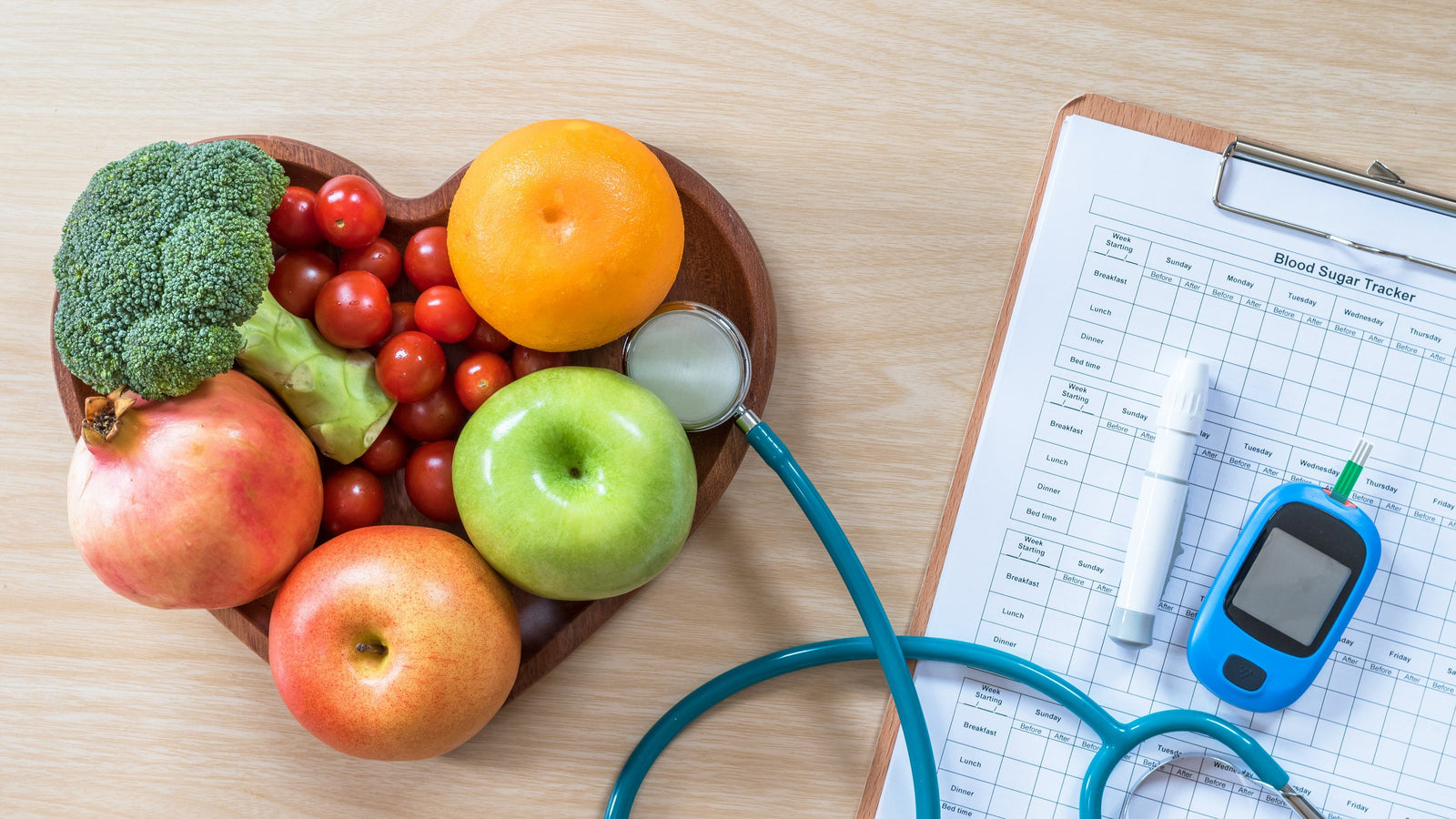Here is a very important question for those living with diabetes. Can diabetics eat fruit? The answer is...yes! Actually, when Looking for something diabetes-friendly & sweet to eat, look no further than fruit! Find out more below.

Most fruits have a low Glycemic Index (GI), which means they won’t wreak havoc on your blood sugar. Incorporating fruit into your diet as a snack to curb your temptation for something sugary can be satisfying, but there are still some guidelines to follow if you want to be at optimal health.
Diabetes-Friendly Foods
Fruits that are low on the GI scale are least likely to send your blood sugar levels into a tailspin. Examples of low GI fruits include: apples, pears, oranges, cherries, berries, and plums. These fruits contain slower releasing carbs that keep blood sugar levels stable, but you will want to limit yourself to a single serving size which is about ¾ cup for most fruits. As for a That’s It. fruit bar, that’s about ¾ of a bar. This comes out to about 15 to 20 grams of carbohydrates, a safe limit for your blood sugar.
Less Friendly Fruits
Some fruits will naturally come with carbs that are fast-digesting, making them high on the GI scale. You will want to limit these fruits to after a workout where blood sugar spikes are lessened, or eat these high GI fruits combined with low GI foods such as meat or any fat source. High GI fruits include: papaya and watermelon. Any fruit juice is also considered high GI, and the service size is very small, about 1/3-1/2 cup, making juice less satisfying than eating whole fruit or eating one of our snack bars. The 15-20 carb rule still needs to be applied when dealing with high GI fruits.
Fruits are a great addition to a diet plan for someone with diabetes as they are high in vitamins and fiber while still satisfying a sweet tooth. Now that you know exactly how to incorporate fruit, you will feel less restricted and will still be maintaining a healthy diet.
Shop Now!

